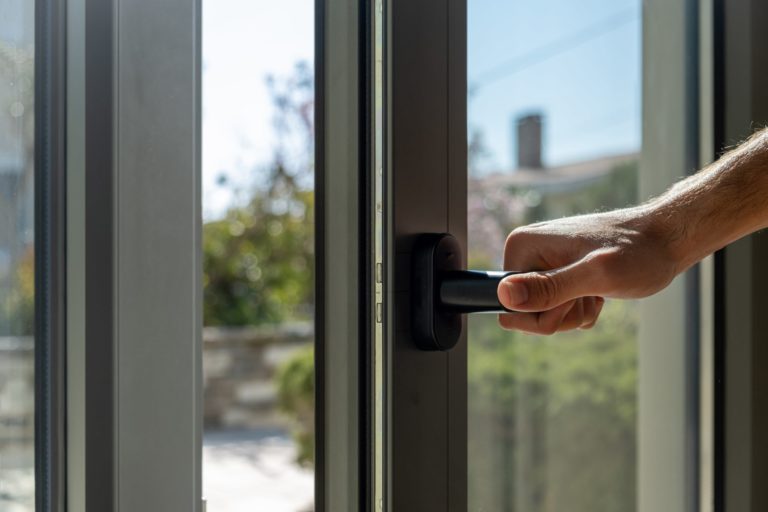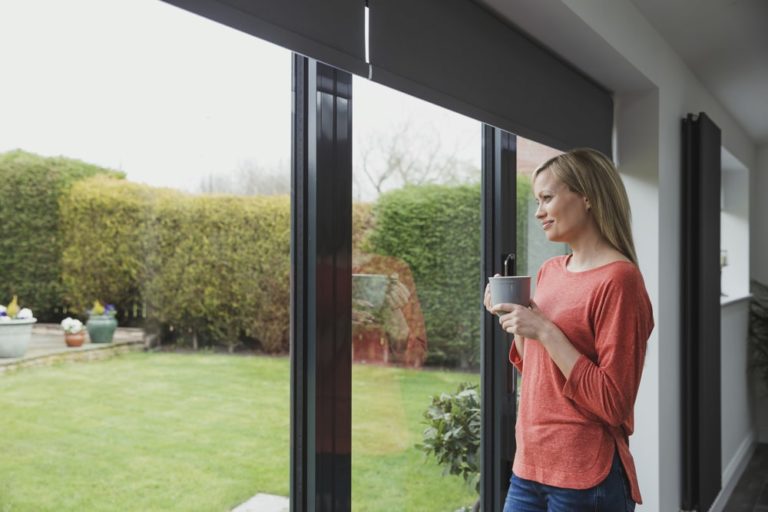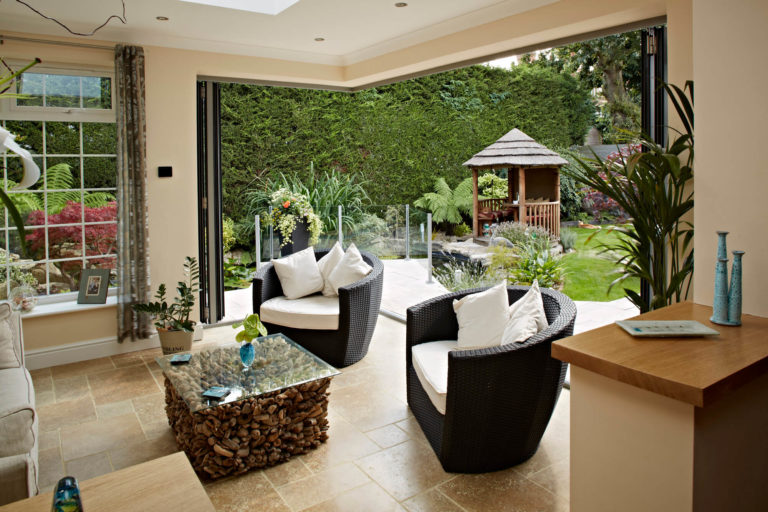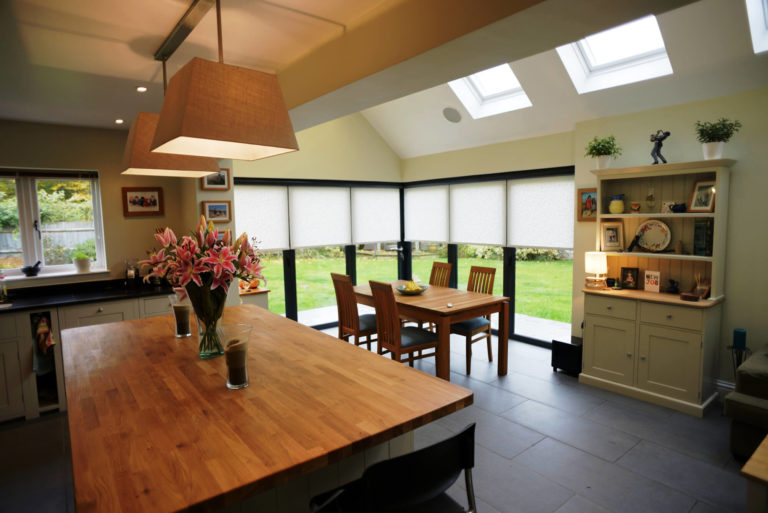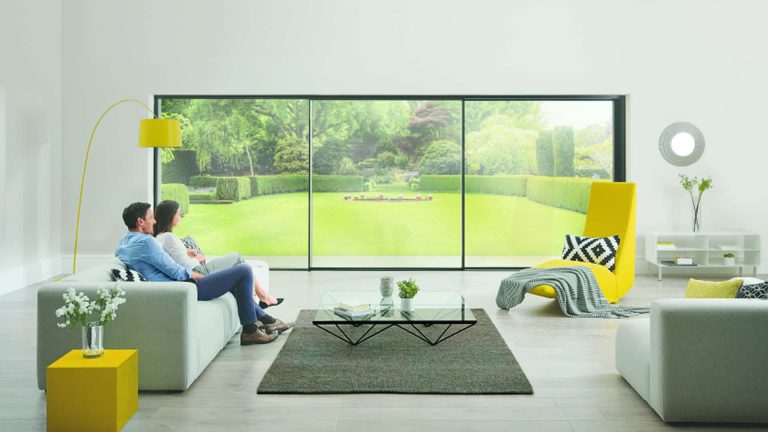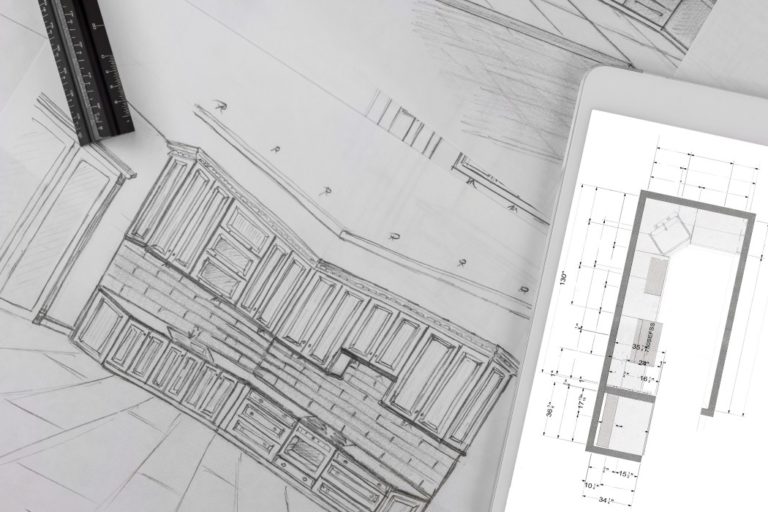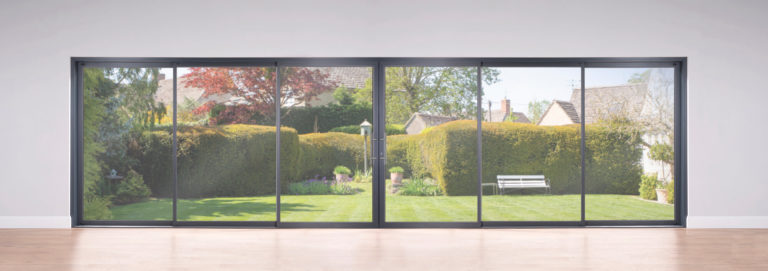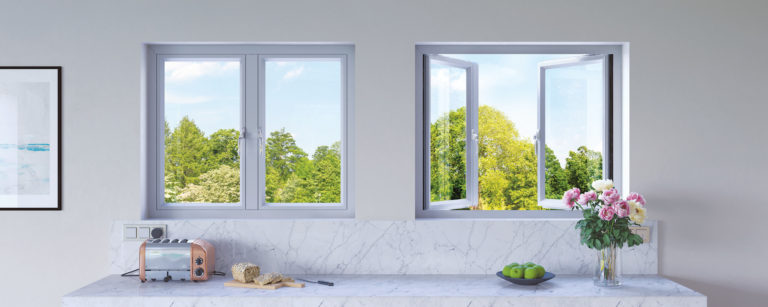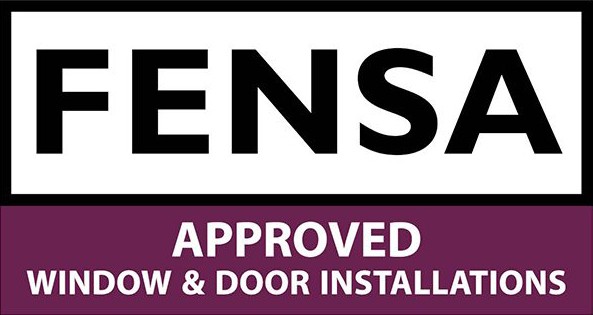Energy Efficiency With Bifold Doors
Bifolds, or bifolding doors, are becoming an increasingly popular option when new homes are being built, or when existing homes are being re-designed. They appear frequently on home improvement programs, and look just as good in modern buildings as they do in a period building.
Bifolds can completely open up whole areas of a home in relation to space, light, and allowing the outdoors in from outside. The effect is more dramatic than patio doors, and bifolds can make a huge difference to rooms that would otherwise be dark and dingy and there are many configuration options available.
While bifolds allow plenty of heat and light in during the summer months what about when the weather turns cold and wet? Will owners need to spend extra amounts of money in order to keep the home warm? It’s a question we’re often asked.
Making Sure Your Bifolds ARE Energy Efficient
The first step towards ensuring that your bifolds are as energy efficient as possible is to make sure they are fitted correctly.
A reputable bifolding door supplier will make sure that your bifolds are manufactured to British standards, meaning they will provide an effective seal against the elements.
Remember: you are creating a large aperture in the side of your home, so good quality is well worth paying for, and that extends to the installation. DIY bifolds frequently develop unpleasant problems, such as water leaks, and can also let in draughts that simply can’t be eradicated without replacing the doors entirely.
Testing to Get Your Bifolds as Energy Efficient as Possible
When quizzing your preferred supplier, ask them the following questions:
- Have the doors been tested in terms of wind speed? In the UK, we recommend that doors are tested for gusts up to 150mph. It sounds extreme, but doors need to be able to withstand a gale.
- Have the doors been tested for air tightness?
- Have the doors been tested for their weight capacity?
- Are the doors CE marked (CE stands for Communauté Européenne)? This means that the doors are up EU standards – a critical indicator of quality and workmanship.
- What is the best U-value the doors can achieve? A U-value measures the amount of heat loss in the element of a building such as a wall, roof or floor. U-values are commonly seen on glazing. The lower the U-value the better, and you should be looking for a U-value lower than 2.
- If the coatings are aluminium clad, have they been tested to see how easily they rust? Loose bifolds rattle and let head escape.
- Most importantly of all – do the doors have toughened glass, or any enhanced glass features that trap heat inside?
Energy Efficient Bifolds Are Possible
It’s a natural worry that converting an entire wall of your home into a bifolding door will cost you in terms of energy efficiency, but there really is no need for concern. Yes, leaving the doors open on a cold day lets a lot of heat out, but that’s a question of common sense. If you use the doors properly, and they’re fitted correctly, they should be just as energy efficient as the brick wall they replaced.
For best results, choose a supplier that fits quality bifolds that are proven to last. Your Price Bifolds would be pleased to advise you on any aspect of bifold door energy efficiency.


